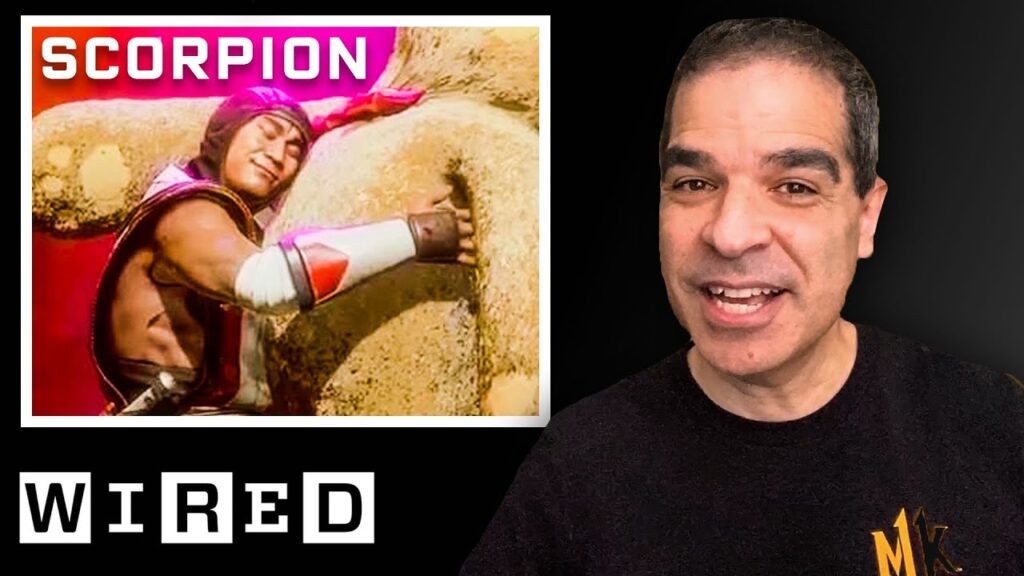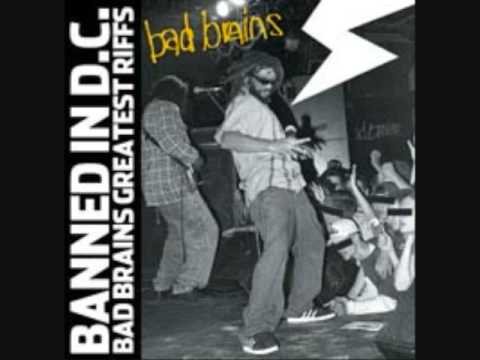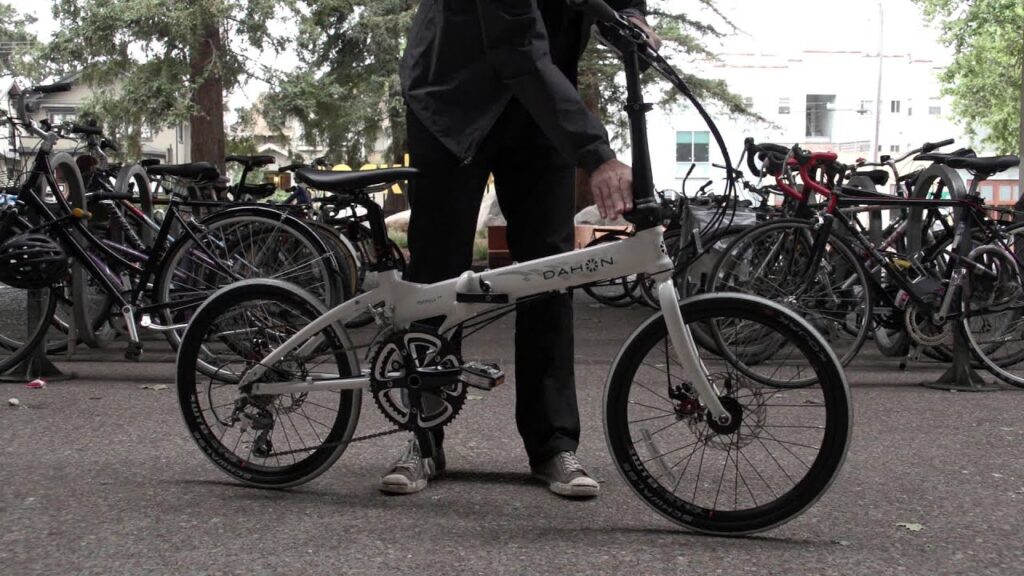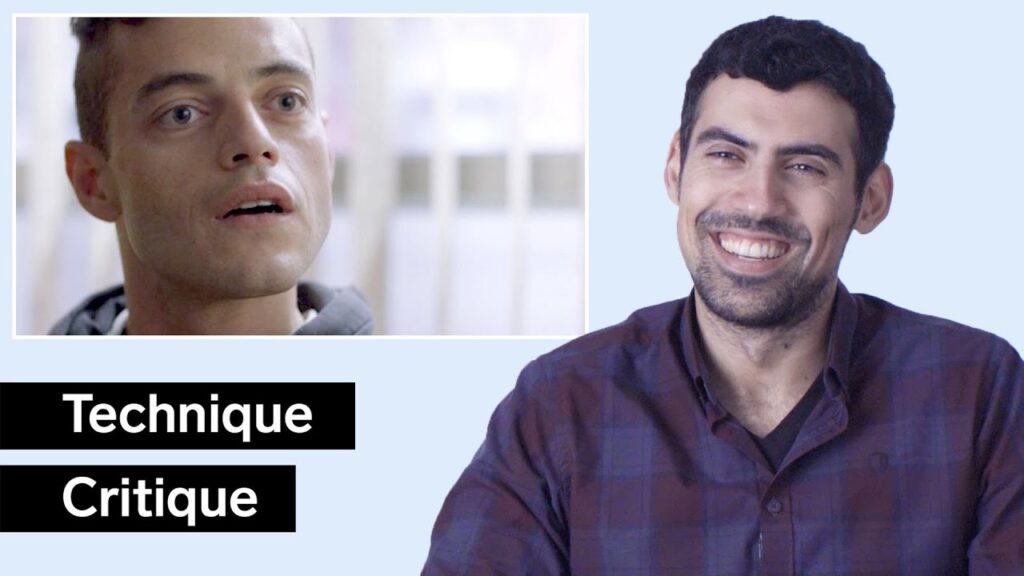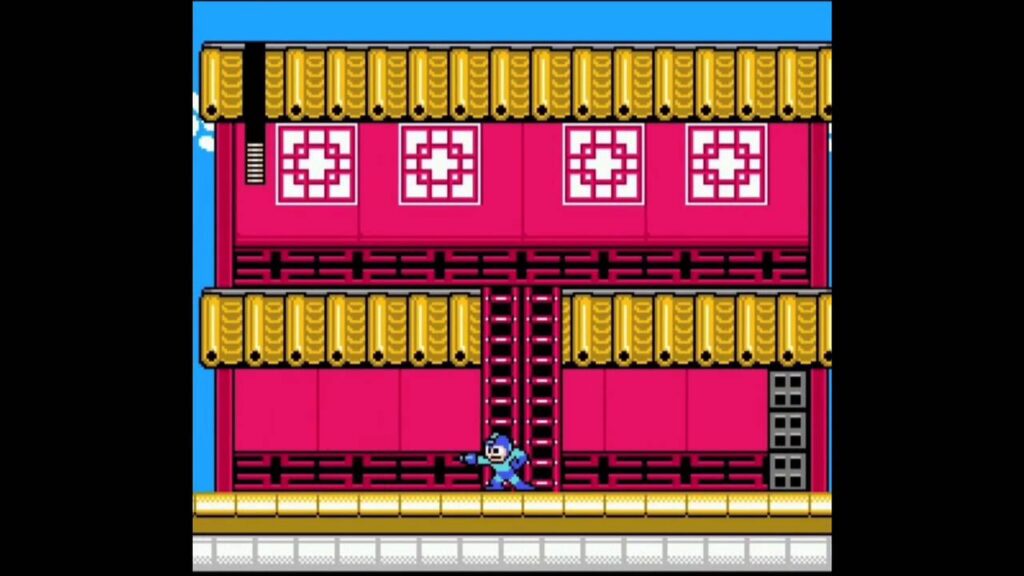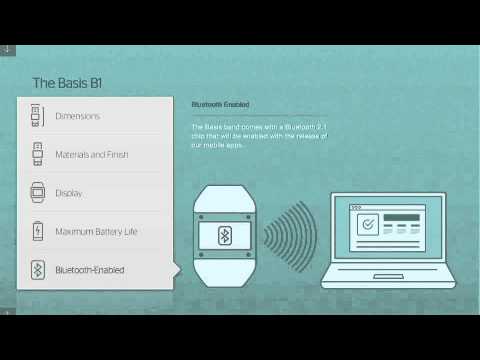The Incredible Attention to Detail in Captain America’s Helicarrier
Summary
In this article, we explore the incredible attention to detail in the new helicarrier from Captain America. Industrial Light and Magic were tasked with updating and upgrading S.H.I.E.L.D.’s most impressive airborne asset, and we spoke to Bruce Holcom, who supervised the building of the new helicarrier. The texture detail alone on the new ships is four times that of Avenger.
Table of Contents
- Upgrading the Helicarrier
- The Complexity of the Shots
- The Role of Digital Modeling
- The Final Shot
- Conclusion
Upgrading the Helicarrier
Captain America is back, and so is the helicarrier from Avenger, or should we say, three helicarriers. When Industrial Light and Magic were first approached to do the work, it seemed like there weren’t too many events that were happening, and the helicarrier from the Avengers was going to be just a small upgrade. However, by the time they reached the middle part of the production, there were three of them. The enormity of how many shots they had was something they were not prepared for, and then the scope of the movie centered around a lot of that.
The Complexity of the Shots
The scale increased by maybe a fourth, but the enormity of how many shots they had was something they were definitely not prepared for. For example, the Quinjet, which are on each of the carriers, and every one of these jets is modeled and textured so carefully, and yet, they’re just a tiny part of a shot like this. When the helicarriers are crashing, all these things are falling off the side, and we’re just laughing that they just became a non-issue.
The Role of Digital Modeling
Let’s look a bit more closely as to what’s going on in a shot. In fact, how much of the shot do you think is real? Of course, we know the helicarrier is 3D, and then there’s the simulation of it hitting the 3D model of the building. The smoke is all digital. In addition, each window is modeled and then shattered, as of course is the debris. In fact, all of this is digital 3D animation. Falcon was shot on a green screen and then placed in a 3D set, which was just there on the building. Then there’s a digital version of Washington that was placed around the building.
The Final Shot
Now we pull back in the carrier, add those layers of smoke, debris, finally add some atmosphere, some camera shake, and here’s the final shot. The actors are the stars of the film, and rightly so. But next time you watch an effect sequence like this, have a thought for the digital modeling guys and the environment that they provide.
Conclusion
The attention to detail in the new helicarrier from Captain America is truly incredible. The texture detail alone on the new ships is four times that of Avenger. Industrial Light and Magic were tasked with updating and upgrading S.H.I.E.L.D.’s most impressive airborne asset, and the result is a stunning piece of digital modeling. The final shot is a testament to the hard work and dedication of the digital modeling team.
